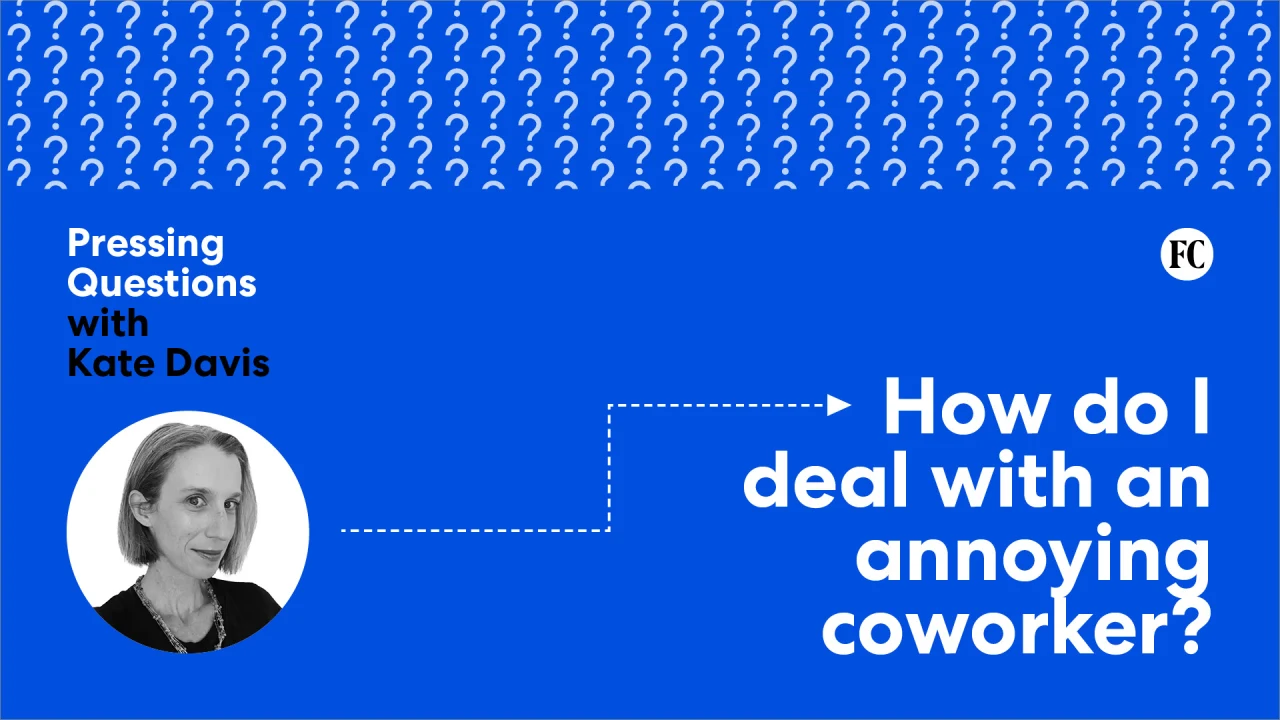ISO 45001 Certification: Building Safer Workplaces That Don’t Just Look Good on Paper
ISO 45001 certification ensures organizations have a proper OHSMS in place to protect the health and safety of all employees and visitors.
Let’s be honest—no one wakes up excited to fill out compliance paperwork or to sit through another safety training slideshow with cheesy stock photos. But when you peel back the layers of ISO 45001 Certification, something much more human and meaningful starts to emerge. It’s not just about ticking boxes or earning a shiny badge for your website. It’s about creating a workplace where people feel safe, valued, and—yes—even proud to be part of something that doesn’t treat their well-being like an afterthought.
And really, isn’t that what we all want from our jobs? A place where we know someone has our back?
So, if you’re thinking ISO 45001 is just another dry, corporate “initiative,” buckle up. This standard isn’t just a safety net—it’s a statement.
The Real Meaning of ISO 45001 (It’s More Than a Certification)
At its core, ISO 45001 is a globally recognized Occupational Health and Safety Management System (OHSMS) standard. Think of it as a framework—a flexible one—that organizations use to identify risks, manage safety processes, and ultimately protect people.
But here’s the thing: it’s not a one-size-fits-all instruction manual. It’s more like a set of principles and guidelines designed to help organizations think more clearly about safety. Less robotic compliance, more intentional culture.
Developed by the International Organization for Standardization, ISO 45001 replaced the old OHSAS 18001 system. And while that might sound like a minor technical update, the shift is actually pretty huge. ISO 45001 weaves safety into the fabric of the organization, rather than treating it as a separate function. It’s about leadership, employee involvement, continuous improvement—the stuff that turns safety from a department into a mindset.
Why Bother? (Because People Deserve Better)
Every year, workplace injuries and illnesses silently rack up staggering costs. Not just financially—though the numbers are eye-watering—but emotionally and socially, too. Families disrupted. Careers cut short. Mental health strained. And a lot of it? Entirely preventable.
Sure, you could install a few “Caution: Wet Floor” signs and call it a day. Or you could take a long, hard look at how your organization thinks about risk, safety, and responsibility—and make some real changes.
Here’s where ISO 45001 comes in. It’s not just about reacting when something goes wrong. It’s about building an environment where things are less likely to go wrong in the first place.
And no, it’s not just for big factories or construction sites. Whether you're running a tech startup, a healthcare clinic, or a logistics firm, the standard flexes to fit.
What Sets ISO 45001 Apart? (Spoiler: It’s People-Centered)
Unlike many standards that feel like they were written by robots for other robots, ISO 45001 has a surprisingly human heart. A few things that make it stand out:
-
Leadership is accountable. This isn’t just about the safety officer in the back office. Top management plays a starring role.
-
Employee participation is non-negotiable. The people doing the work every day know the risks best. Their voices aren't just allowed—they're essential.
-
Risk-based thinking is proactive. The focus isn’t on reacting to incidents, but preventing them in the first place. It’s a shift in mindset.
-
Mental health matters too. While physical injuries get more attention, ISO 45001 certification acknowledges the psychological risks of the modern workplace. And honestly, it’s about time.
Implementing ISO 45001: A Journey, Not a Checkbox
If you're wondering whether adopting ISO 45001 is like flipping a switch—it's not. It’s a journey. And, like any journey worth taking, it comes with some heavy lifting. But also with clarity, alignment, and a stronger sense of purpose.
Here’s how the path generally looks:
-
Gap Analysis: You figure out where you stand. What are you already doing well? Where are the weak spots? (Spoiler: there are always some.)
-
Leadership Buy-In: Without support from the top, this goes nowhere fast. Leaders need to champion the cause, not just approve the budget.
-
Planning and Risk Assessment: What hazards are in play? What controls already exist? What's missing? This step brings a lot of “Oh wow, we didn’t think of that” moments.
-
Employee Involvement: From day one. Not as a formality, but as partners in designing safer systems.
-
Training and Awareness: This is where culture starts to shift. When people know why something matters, they’re way more likely to follow through.
-
Monitoring and Continuous Improvement: Systems evolve. Risks change. ISO 45001 isn’t a one-time project—it’s a rhythm of checking in and leveling up.
And you know what? The most successful implementations often start with a genuine conversation—not a committee meeting.
Does It Really Make a Difference? Ask Around.
A lot of the feedback from companies who’ve gone through ISO 45001 is surprisingly emotional. There’s this collective breath of relief—like finally doing something that feels right, not just required.
An HR manager at a mid-sized manufacturing firm once put it this way:
"For the first time, I felt like safety wasn’t something we were doing to people, but with them." That shift in tone? It ripples out. Employees feel heard. Accidents decrease. Insurance premiums go down. Absenteeism shrinks. Recruitment improves because—surprise!—people actually want to work where they feel protected.
Culture Shift: The Secret Sauce
You can have the sleekest policies in the world, laminated and filed in alphabetical order—but if your people don’t trust that you care, none of it sticks.
That’s why ISO 45001 doesn’t just stop at procedures. It nudges companies toward a full-on culture shift. Safety becomes part of the conversation. Part of the strategy. Part of the why.
One powerful (but often underestimated) aspect? Peer accountability. When safety is embedded in culture, team members start watching out for each other—not because they were told to, but because it feels natural. That’s when you know it’s working.
Common Missteps (And How to Avoid Them)
No implementation is perfect. And that's okay. But here are a few traps to steer clear of:
-
Treating it like a project, not a system. It’s not a thing you “complete.” It’s a living, breathing process.
-
Overloading people with jargon. Keep it real. If you need a glossary to explain your policies, take a step back.
-
Forgetting the "why." Employees won’t buy in if the only benefit they hear about is passing an audit. Connect the dots to real human impact.
-
Ignoring mental well-being. It’s tempting to focus only on slips, trips, and falls. But the quiet dangers—stress, burnout, anxiety—can be just as serious.
But What About Cost?
Let’s not pretend budgets don’t matter. Of course they do. But here’s some food for thought: What’s the cost of a single workplace injury? Of an employee leaving because they didn’t feel safe? Of reputational damage?
In most cases, the ROI on ISO 45001 is solid. Yes, there are upfront investments—in training, assessments, maybe even equipment—but the long-term savings (financial and emotional) are hard to ignore.
Plus, some insurance providers actually offer lower premiums to certified organizations. Not a bad perk.
Certification Isn’t the Finish Line (It’s Just the Start)
There’s a strange thing that happens when organizations get certified. There’s this brief moment of celebration, followed by an even bigger realization:
"Now the real work begins."
Because what ISO 45001 really gives you is a system to build on. A language for talking about safety. A map for continuous growth.
And sure, having the certification helps with reputation and tender requirements. But what matters more? The fact that your team goes home safe. That they trust you. That they feel proud to work there.
That’s the kind of success story that doesn’t show up in spreadsheets.
Final Thoughts: It’s About People
You know what? It all comes back to this: people. Real humans with families, goals, and lives outside of work.
ISO 45001 isn’t a magic wand. It won’t fix everything overnight. But it will change the way your organization thinks about safety—and that can change everything.
Not because someone said you had to. But because your people are worth it.



































































![https //g.co/recover for help [1-866-719-1006]](https://newsquo.com/uploads/images/202506/image_430x256_684949454da3e.jpg)

























![[PATREON EXCLUSIVE] The Power of No: How to Say It, Mean It, and Lead with It](https://tpgblog.com/wp-content/uploads/2025/06/just-say-no.jpg?#)





















































